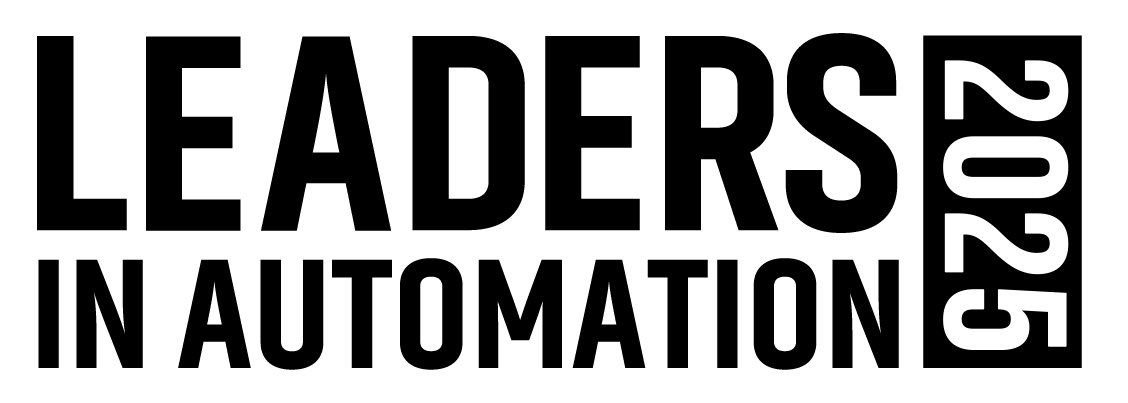Improving asset utilization and reducing operations costs were the goals for Shell Global Solutions U.S. Inc., when it began an instrumentation network upgrade project at several facilities. Shell Global Solutions, which was formed in 1999 to support internal Shell projects and external customers, teamed with Emerson Process Management to install Foundation Fieldbus networks as part of Emerson’s PlantWeb systems in three initial projects—an offshore gas production platform in Malampaya, the Philippines, and two refineries.
According to Bert Natalicchio (above), business group manager for Shell Global’s Measurement, Instrument and Plant Automation Business Group, a 1 percent improvement in asset utilization translates into $2 million in savings per year per operating unit. A 1 percent reduction in maintenance costs, meanwhile, adds up to $1 million in annual savings per operating unit.
Installing modern instruments and networks provided challenges as well as savings opportunities. “To leverage the benefits of the automation changes, we had to change our work processes for operations and maintenance,” says Natalicchio.
Steps to success
At the recent ARC Advisory Group’s Strategy Forum, held in late January in Orlando, Natalicchio outlined Shell’s seven steps for success. First, Shell standardized system design across suppliers and projects. Second, it rolled over learning from one project to the next to avoid “reinventing the wheel.” Third, project leaders obtained management commitment to change work processes, before the automation changes were put in place. Fourth, Shell established an operational scorecard to target and track results. Says Natalicchio, “These targets must emphasize lifecycle measurements. While initial costs on the first projects will likely be higher than traditional instrumentation, the cost will be justified by lifecycle benefits.”
Fifth, the company invested in training across all disciplines. Says Natalicchio, “If you train as a team, you’ll work as a team.” Sixth, Shell established cross-functional information and data management teams, with the goal of getting meaningful data, not more noise. And finally, the diagnostic and information systems were evaluated for alarms, priorities and presentation. “We wanted to defog, not obscure, the information that was presented to the operator,” adds Natalicchio.
The projects have paid off. The company has achieved a 1 percent reduction in maintenance costs at the initial projects, with up to 3 percent reductions believed possible. Overall, utilization at those units has improved 1 to 3 percent, for total cost savings of $2 million to $6 million per year per operating unit.
Specific successes at the Malampaya off-shore platform include improved reliability, diagnostics and alarm management; enhanced stability and base-level control; and reduced platform staffing, which reduces human exposure to risk. Milestones at the Deer Park, Tex., refinery include improved reliability, reduced upsets and minimizing the “unknown” maintenance problems, especially those in valves.
Based on these successes, Shell standardized on Foundation Fieldbus for all of its new instrumentation projects. Currently, the company has installed or committed to installing over 100,000 Foundation Fieldbus I/O (inputs/outputs) in facilities for refining, chemicals, research and power.
